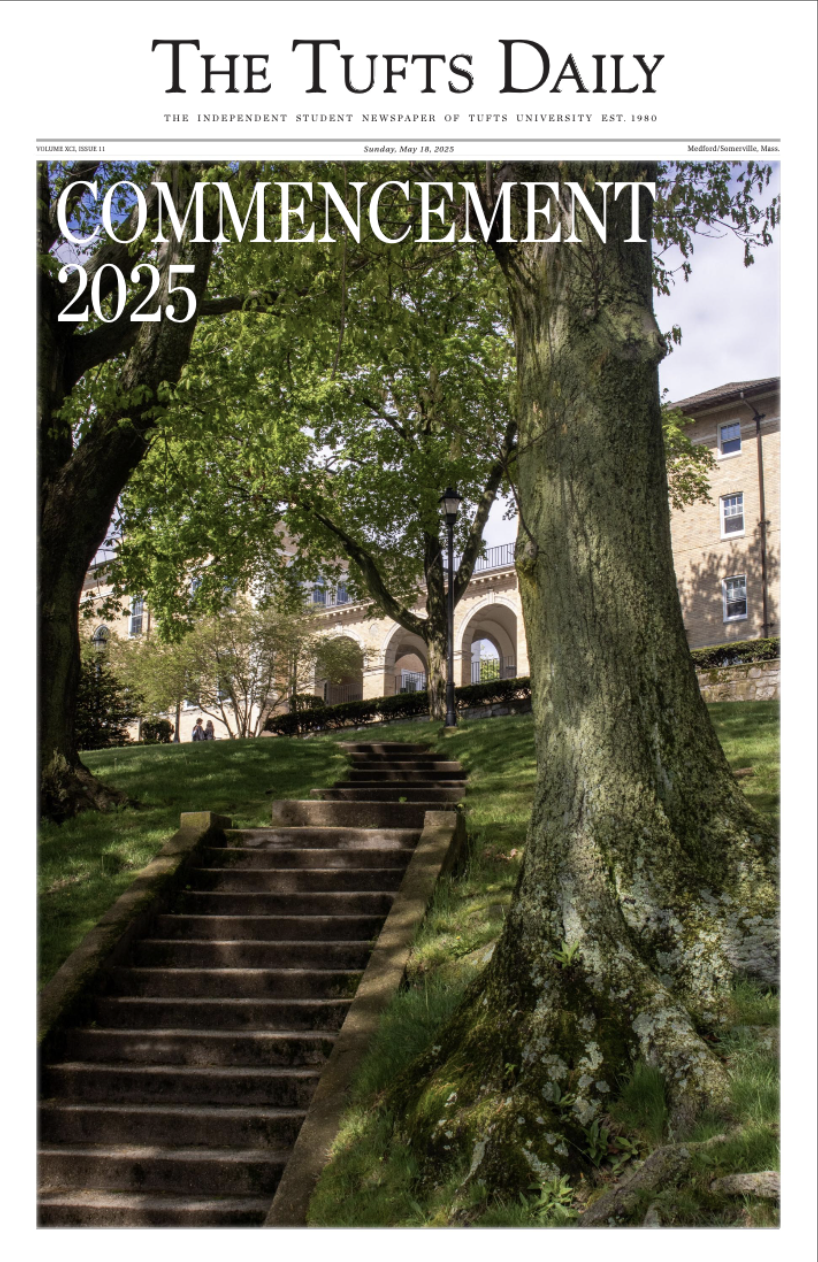In 1902, French writer and director Georges Méliès produced a 14−minute jewel of a silent film, "Le Voyage Dans La Lune," that was sold in both a hand−colored and a black−and−white version.
More than 100 years later, the French duo Air crafted a soundtrack for the restored, colored film that was shown at the 2011 Cannes Film Festival. Now released as a 31−minute album, the score to "Le Voyage Dans La Lune" is technically Air's second soundtrack.
To evaluate the soundtrack as another Air album would be doing the band a disservice. Though the duo has said in interviews that "Le Voyage Dans La Lune" is an album−turned−soundtrack project that developed holistically during their month of songwriting before the Cannes festival — Air took the soundtrack−writing assignment on extremely short notice — the musicians have also emphasized how carefully they structured each song to reflect the goings−on in the film. With music standing in for dialogue, the score necessarily mirrors the film's plot. Given its accordance with plot twists and scene changes, the music often changes on a dime. Dreamy musical wanderings are suddenly interrupted with trills of excitement, or a low−key song appropriately spirals into a psychedelic solo.
The score's synchronicity with the film is truly staggering. Despite the success of the film/music pairing, once the Technicolor wilderness is removed, the music often seems one −dimensional and repetitive. "Sonic Armada," for example, makes much better sense as the backdrop to a psychedelic lunar kidnapping than it does on its own. It is tempting, but misguided, to compare this album with Air's soundtrack for "The Virgin Suicides" (1999).
While "The Virgin Suicides" used a themed score that was manipulated and arranged throughout the movie, the silent film of "Le Voyage Dans La Lune" needed a more elaborate accompaniment. Rather than just accentuating a scene as with "The Virgin Suicides," "Le Voyage Dans La Lune" portrays the film's emotional core. The frenzied energy of "Sonic Armada" grates on the ears of the casual headphones listener, but it gracefully raises the pulses of its engrossed viewers during the movie.
That said, Air doesn't entirely desert its listeners for the sake of cinema. "Seven Stars," released as a single in January of this year, shows Air's evolution from their last studio album, "Love 2" (2009). The single's stripped down astral dreaminess is a noticeable shift from the bland peppinessof this earlier album, which will certainly bode well for fans of seminal Air tracks like "La Femme d'Argent" and "All I Need." Air collaborated with Victoria Legrand of Beach House for the single, which explains the track's driving drumming.
"Parade" also fares reasonably well outside the context of the film. The song alternates between two unusually paired sections — one bubbly and victorious, the other turbulent and dark. Like many of the songs, it is somewhat formulaic, but its energy helps it stand out against the sea of minimalist piano, guitar and electronica.
"Le Voyage Dans La Lune" holds its own as a soundtrack during the film, and Air clearly appreciates the open−endedness of their assignment. Musically, though, the album frequently lacks direction and focus. The songs themselves rarely evolve, and their occasional variety only helps illustrate shifts in the plot. Air's artistic freedom shows, but so too does the album's emptiness.
Only a small handful of songs remain memorable after a cursory listen, as monotonous song structures abound and vocals are absent on nearly every track. Sadly, the album works best as background music. Whether that is Air's intention or simply the result of a premature deadline is up for interpretation.





